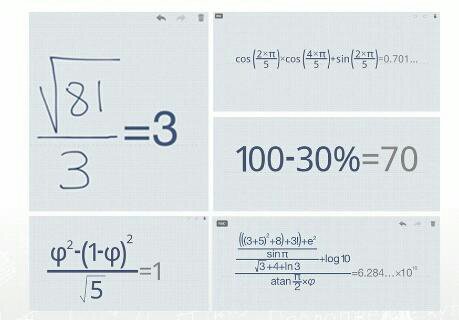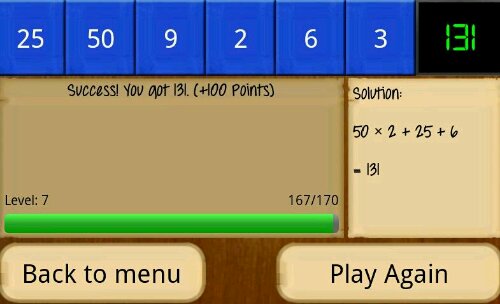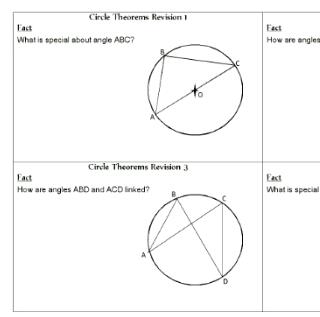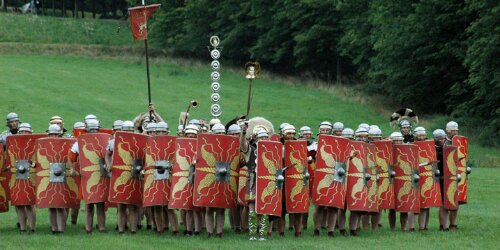If you are on Twitter, you may have heard of the perfectly titled @MathsBookClub. If not, let me explain.
People were asked to nominate their favourite Maths related book (Fiction or Fact).
People voted and the most popular was chosen.
The winner was: ‘Alex’s Adventures in Numberland’ (‘Here’s looking at Euclid’ USA) by Alex Bellos.
Just like a “meet down the pub bookclub” there will be an online discussion on Wednesday 23rd October. Except with this bookclub, the author has offered to join in! Very cool!
To join in the mathematical literary fun either follow @MathsBookClub on twitter, visit the mathsbookclub website or do both!
(Support your local Library. If that’s not possible then click on the book for a link to the paper version on Amazon.co.uk; ebook also available)








